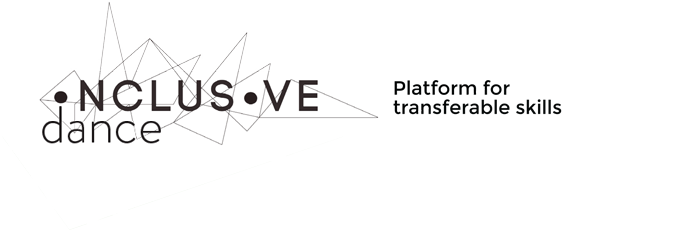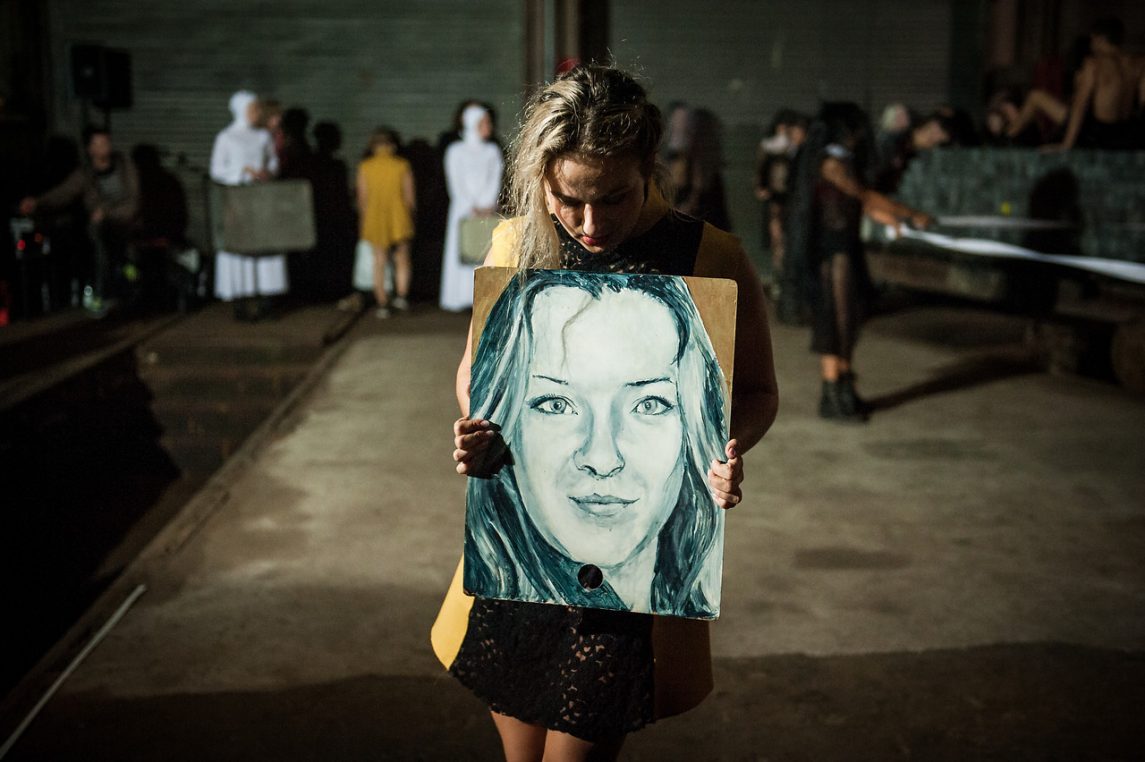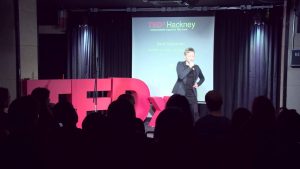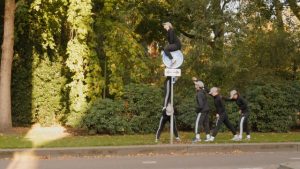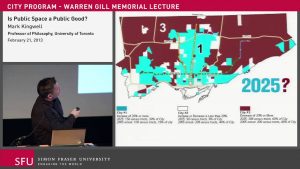A dancer can do anything they set their mind to
Fontys program transferable skills of the dance artist is future orientated and essential

We conducted a survey among the alumni of Fontys Dance Academy and Fontys Academy for Dance Education, asking about for the importance of transferable skills[1], in their professional careers. (Picture by William van der Voort)
We notice that in contemporary society, dance and movement practices are changing rapidly. This has an impact on the dance artist’s requirements as a craftsman, as well as on his career possibilities. As educators in dance, we find it important to keep up with recent developments in order to improve our education. We conducted this survey in the context of the Erasmus+ project “Inclusive Dance and Movement Practice, the transferable skills of the dance artist.” More than 70 of our alumni responded[2]. What follows below is an anthology of their answers. Please note that when we speak of “dancer”, we mention all dance professionals; dance performer, dance teacher and choreographer.
First of all we asked alumni if they made transfers of three skills; body awareness, spatial awareness and social skills[3], how they transferred them and what motivated them to do so.
Alumni consider Body Awareness the most important transferable dance skill. Though the dance training it is the skill that is “automated and integrated”. It becomes “part of their being” The dancer is always aware of his body and mind, and incorporates this skill in every (working) situation.
A choreographer elaborates on this: “While choreographing, body awareness is an essential part in communicating with my dancers. How to link movements? How to interpret movements in the whole picture of the piece?” Body awareness also gives the dancer the opportunity to interact with people; to read body postures and faces. As a result, a dancer can react quickly and empathically. Alumni are also aware that their body awareness is a skill to help others with this. Therefore dancers do transfer this skill to teach non dancers how to move and what the implication of their movement is.
The relation between Body Awareness and Spatial Awareness is very clear. Dancers have a profound feeling of space, sense of distance and sense of direction and proprioception. Alumni argue that the space in which they are located has a major influence on their behaviour, and that they are able to adjust quickly. This is used both in personal and in professional situations . The skill is absolutely necessary while performing in public space, e.g. when the performance changes “from a huge concrete surface to a hilly small park with grass.” “When the performance is open, improvised, the use of spatial skills is essential for the performer.“ The alumni are aware that space between people has a meaning, a message. Space is a medium to communicate, inside choreographies and outside dance. In coaching situations, e.g. assertiveness training, the use of spatial skills is essential. Alumni are aware how people behave towards each other in space and how to interpret it.
Although Social Skills are not unique for dance, they are considered very important by alumni, very recognizable and also as the most used transferable skill in their professional live. Social skills are used always and everywhere. They are required to a large extent and in almost every work situation. According to alumni, without ability to cooperate you won’t get anywhere.
It starts with being transparent, showing yourself, having confidence in yourself, and having an interest in the identity, the background and culture of the people you work with. Social skills are used in group processes, to solve problems in a groups, work together to a common goal. Special attention for a dance teacher is “congruence: the extent to which someone aligns non-verbal behaviour with verbal behaviour”. The relation between body awareness of the dancer and social skills becomes clear.
But is it true that the alumni also become more employable by using these transferable skills in their dance career and also in their career outside of dance?
The answers to the first part of the question are very positive. Alumni write that these skills make them versatile and easy to work with in their dance career. For the contemporary dance world, in addition to having talent, these skills are considered to be necessary. One of the dance performers believes that dancers without these skills “won`t or even should not make it to the field they are working in”. Another performer tells us that “the awareness of these skills makes the alumnus being self-conscious, flexible to adjust in new situations and able to perform and teach in everyday changing situations.”

By William van der Voort, www.cloakture.com
Alumni are less certain about becoming more employable by using the transferable skills in their career outside dance. They argue that the skills themselves have added value. But it is hard to prove and the content of the training is not known in other fields of work. So the recognisability and explanation in language of these skills needs to be improved. A dance performer writes us: “Strong discipline, definitely makes ex-dancers more wanted as employees. I do believe that for the outside world these three specific skills are not clearly noticed as gained specifically through dance practice. For ourselves it definitely does make us more employable, because the gained skills open up a wide range of other professions and give us more tools to solve problems in the work place.”
When we asked the alumni for additional dance-related skills they transferred with the aim of developing their career, they came up with long lists of skills which helped them in their career :
- Creativity and creative thinking, thinking out of the box, capability to improvise, problem solving ability, flexibility, what leads to be innovative, seeing the bigger picture but also dealing with uncertainty.
- Persistence, hardworking, self-discipline, will-power, which leads to hand-on mentality, not giving up, going to the edges. This is also named in combination with working with passion and self-motivation.
- Teaching skills; working with group processes, looking without judgment, reflection, evaluation methods, empathy, giving space. But also managing and organization skills.
- Resilience and stamina, self-management, taking identity as a starting point, self-confidence and staying mentally healthy.
- Performance qualities, public speaking and leadership, appearance.
- Being open, interest in art, wide perspective on society, experience in artistic research methods, critical thinking and writing skills.
What do dancers have to offer and to what fields of employment?
Dancers are very capable. They are versatile, creative, passionate, playful and can work hard. They have a combination of skills that are rare. We see in the results of the survey that alumni are working in a variety of jobs. Many of course in dance and dance education and in dance related fields. Many have expanded their professional field to related areas such as other performing arts, or body-work, coaching and therapy. They also changed their role in the organisation. Social skills and stage experience for example, can be a perfect combination to be able to plan and organize events in the entertainment industry. Especially after graduating with a teacher’s degree the step to management, or research is not so big.
Of course sometimes this requires further studies, but still alumni profit from their earlier education and experience. A dance performer thinks that dancers “can do anything they set their mind to. If they find a focus they enjoy working on, they can use their skills in many ways”. A dance teacher tells us that the outer world “should start to understand the value” of these transferable skills of a dancer. Dancers should become more conscious of their skills and dare to speak about it.
Finally, we asked the alumni what this would implicate as far as dance education of the future is concerned.
Summarizing the answers of our alumni, dance education should firstly keep focussing on the quality of the art of dance and dance education. We should continue seeing the individual in our students, keep investigating in what drives them, what moves them and what their talent is. We should continue to stimulate their autonomy and individuality.
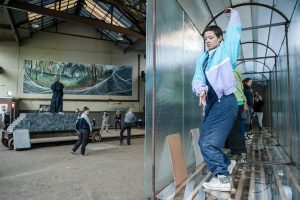
William van der Voort, www.cloakture.com
But dance education also needs to evolve. Many alumni suggest to focus more on entrepreneurship and collaboration. Students should become more aware and gain more knowledge of the business side of the job during their studies. Management and planning of events should be part of performing arts education. We should prepare our students for the difficult freelance life. Alumni also suggest that we create open forums and cross-overs in which workers in different sectors such as dancers, philosophers, architects and visual artists can collaborate together. Dance education should also focus on the adaptability of the dancer. Creating movers who are open, to change. Creating intelligent individuals who see the huge scope of the dance world. How? E.g by putting them in situations where they are forced to adapt; different teachers, different inputs, performing outside, creating performances for themselves or going abroad.
As for the transferable skills; dancers needs to recognize that they learn much more than only on a physical level. Emphasizing the skills they are learning, gives them a broader perspective. Alumni think that this program of transferable skills is very future orientated and essential. So this really should become a regular part of the education. Alumni and academy together, we also must learn to sell ourselves and clearly describe these skills to other labour markets. We should learn to translate the dance terms in understandable language for other target groups, levels and ages and teach students how to educate the skills to others.
We like to thank all participants in this survey for their honest and extensive answers. We feel your interest and huge support in our search for the importance of dance in future society and how we should educate the next generation of students for that.
 Ruth Wilmans is a teacher in dance improvisation. Her position is dance teacher and researcher in Fontys Academy for Dance Education and Fontys Dance Academy. She studied the Master Choreography at Leeds University and received her MA with her dissertation on the choreographic process. She is currently also alumni officer, exchange officer and coordinator of the Minor Art in Context.
Ruth Wilmans is a teacher in dance improvisation. Her position is dance teacher and researcher in Fontys Academy for Dance Education and Fontys Dance Academy. She studied the Master Choreography at Leeds University and received her MA with her dissertation on the choreographic process. She is currently also alumni officer, exchange officer and coordinator of the Minor Art in Context.
Notes
[1] We have decided on the definition “an ability or expertise which may be used in a variety of roles or occupations” [2] Response from Bachelor Dance and Choreography: 31, Dance Education:38, MA Choreography: 3. Dates of graduation: u/I 1990: 7, u/I 2000: 13, u/I 2010: 23, u/i: 2016: 29. [3] Transferable skills of the dancer are specific skills that dancers develop during their education and practice; skills which are transferable into other sectors inside and outside the arts. Many skills can be transferable, but we choose to focus on 3 skills we think are specific for a dancer; Body Awareness, Spatial Awareness and Social skills. Body Awareness: By the deep knowledge of their bodies, being a sophisticated instrument and a tool of communication, dancers feel about dance as an “embodied practice”. In dance, the intellect is not separated from the body. Through dance we experience the * integration of sensorial and movement information, * the integration of body mind connection, and * kinaesthetic empathy. Being familiar with physical possibilities, and to relate in an empathetic way to one’s own body, dancers have an understanding for other kinds of bodies. Embodiment makes the world sensible. The link to e.g. health, well-being, semi- public space, design and architecture is obvious. Spatial Awareness: Dancers have the ability to sense the space. With their intuitive knowledge of orientation, the proximity and distance of other persons or objects, movement patterns, scope and speed of movement through space, dancers have the ability to transform space. Dancers are practicing and developing their special awareness in the studio and on stage. By changing the spaces in which they train, create and perform, they are developing this skill even further. Social skills are skills we use to communicate and interact with each other. A dance artist is always working with other people. Dancers know the importance of body language and can communicate in a non-verbal way. Dancers are individuals, focusing on their own personal process. Training, creating and performing is a collaborative process, while at the same time they take part in a collective process. Therefore they need to be aware not only of the group of artists but of the whole organization around it.
